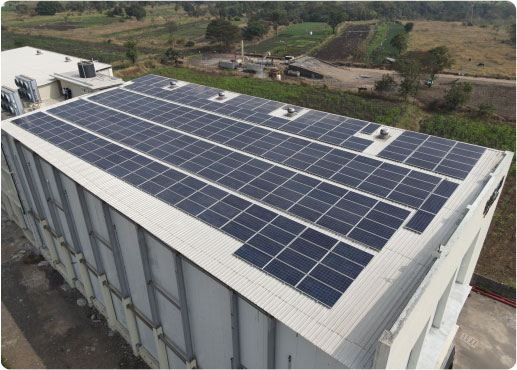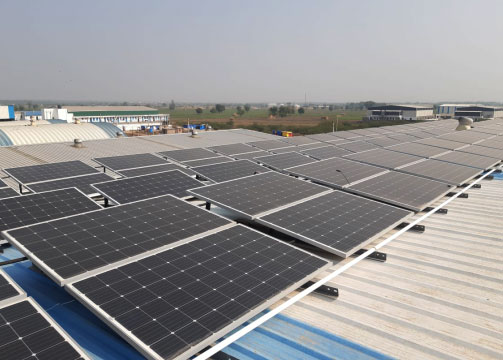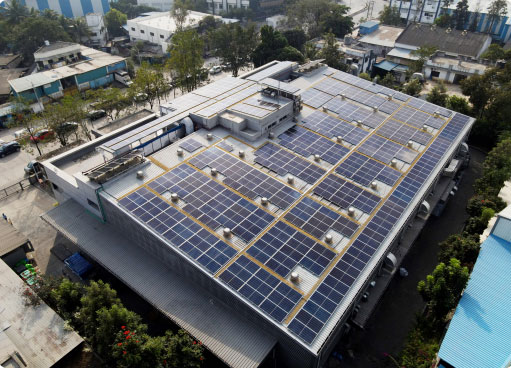Raisoni Cold Storage
Location:
Shirwal
Type:
Roof-top metal sheet
Plant Capacity:
200 kWp
Technology Used:
Monocrystalline Modules with
String Inverters
Roof Orientation:
North
Annual Power Generation:
255,500 – 328,500 kWh/year
Expected Lifetime Generation (25 years):
6,387,500 – 8,212,500 kWh
Sustainability Impact:
The 200 kWp solar installation at Raisoni Cold Storage is expected to reduce carbon emissions by 175 to 230 tons annually, significantly lowering the facility's environmental footprint. This project ensures cost-effective and eco-friendly cold storage operations, aligning with the principles of sustainable energy use.
Challenge
Solution
- Using high-strength industrial adhesives to secure the mounting structures.
- Conducting thorough wind load and structural stability analysis to ensure the system's reliability under varying conditions.
- Designing a layout that distributed the weight evenly to prevent stress on the PUF panels.
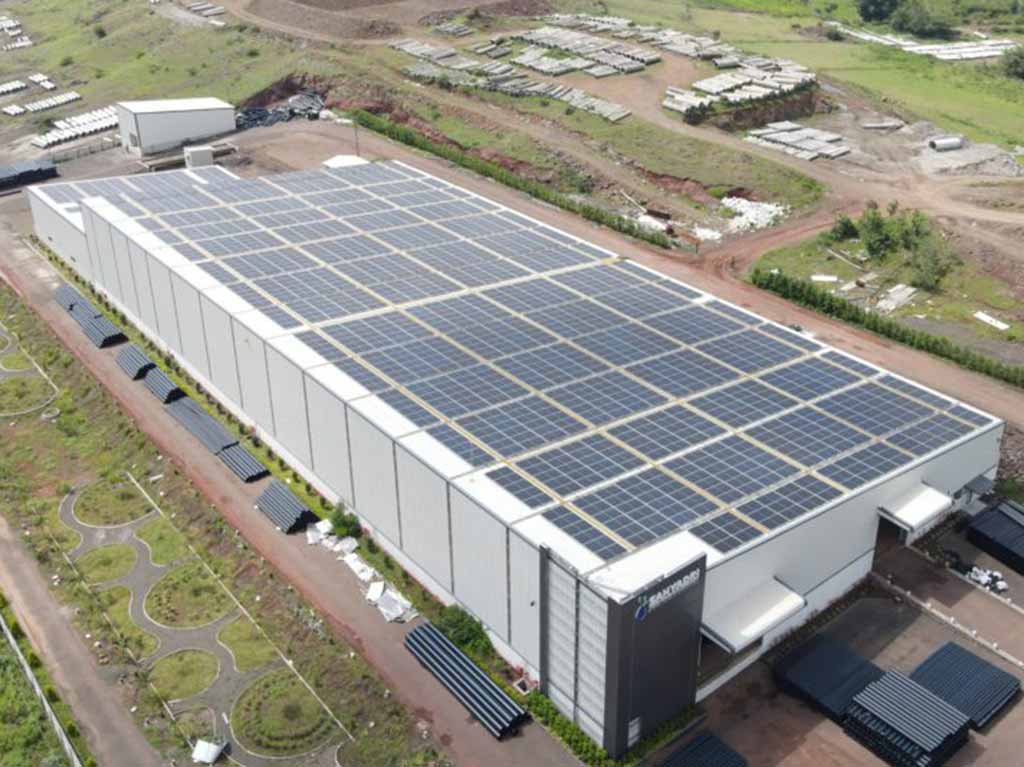
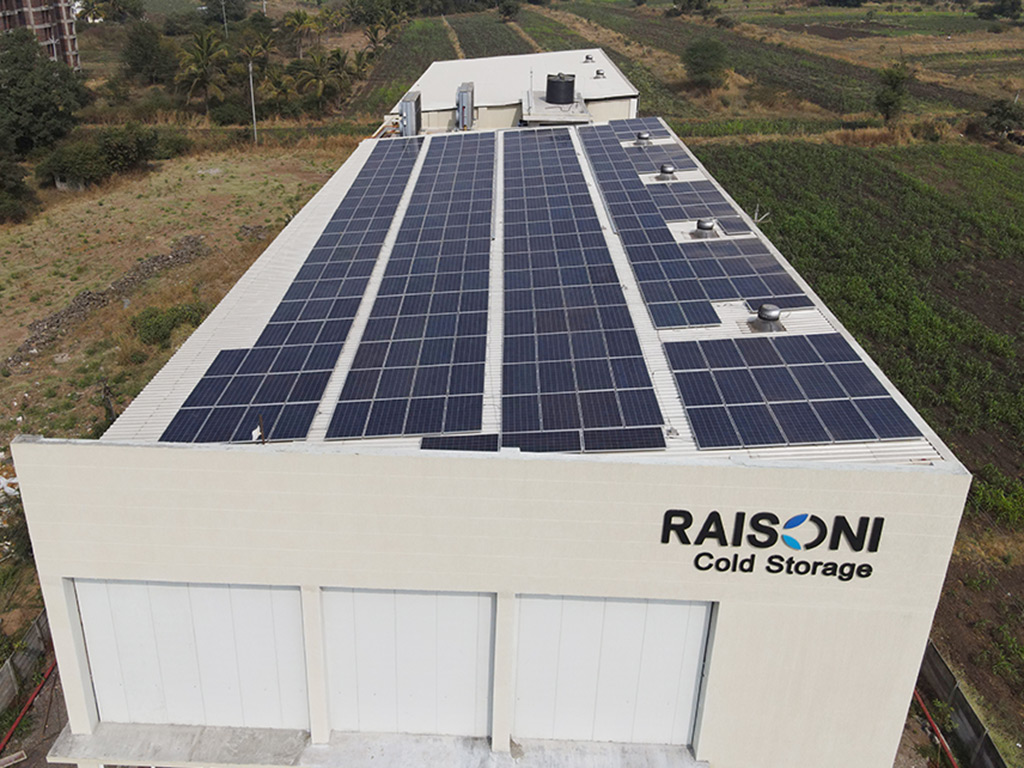
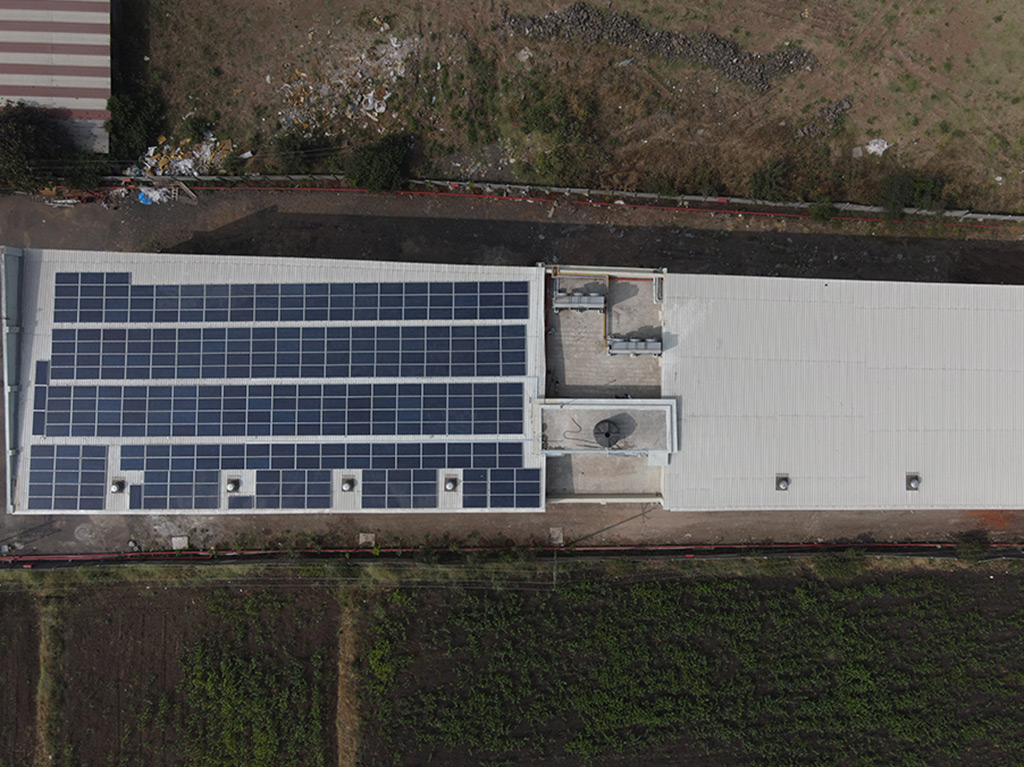
Call Us
+91 70837 33418
sales@aaraenergy.com
Raisoni Cold Storage
Location: [To be added]
Type: Roof-top metal sheet
Plant Capacity: 200 kWp
Technology Used: Monocrystalline Modules with String Inverters
Roof Orientation: North
Performance Metrics:
• Annual Power Generation: 255,500 – 328,500 kWh/year
• Expected Lifetime Generation (25 years): 6,387,500 – 8,212,500 kWh
Sustainability Impact:
The 200 kWp solar installation at Raisoni Cold Storage is expected to reduce carbon emissions by 175 to 230 tons annually, significantly lowering the facility’s environmental footprint. This project ensures cost-effective and eco-friendly cold storage operations, aligning with the principles of sustainable energy use.
The rooftop is composed of PUF (Polyurethane Foam) panels, making it impossible to drill into the surface to mount the solar structure. This posed a unique engineering challenge to securely install the system without compromising the roof’s structural integrity or insulation properties.
To address this, the project utilized a drill-free adhesive mounting technique that avoided any penetration into the roof sheets. Key steps included:
• Using high-strength industrial adhesives to secure the mounting structures.
• Conducting thorough wind load and structural stability analysis to ensure the system’s reliability under varying conditions.
• Designing a layout that distributed the weight evenly to prevent stress on the PUF panels.
This innovative approach allowed the installation to proceed efficiently without impacting the roof’s insulation, ensuring the system’s longevity and performance.





